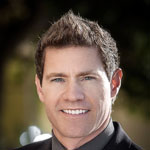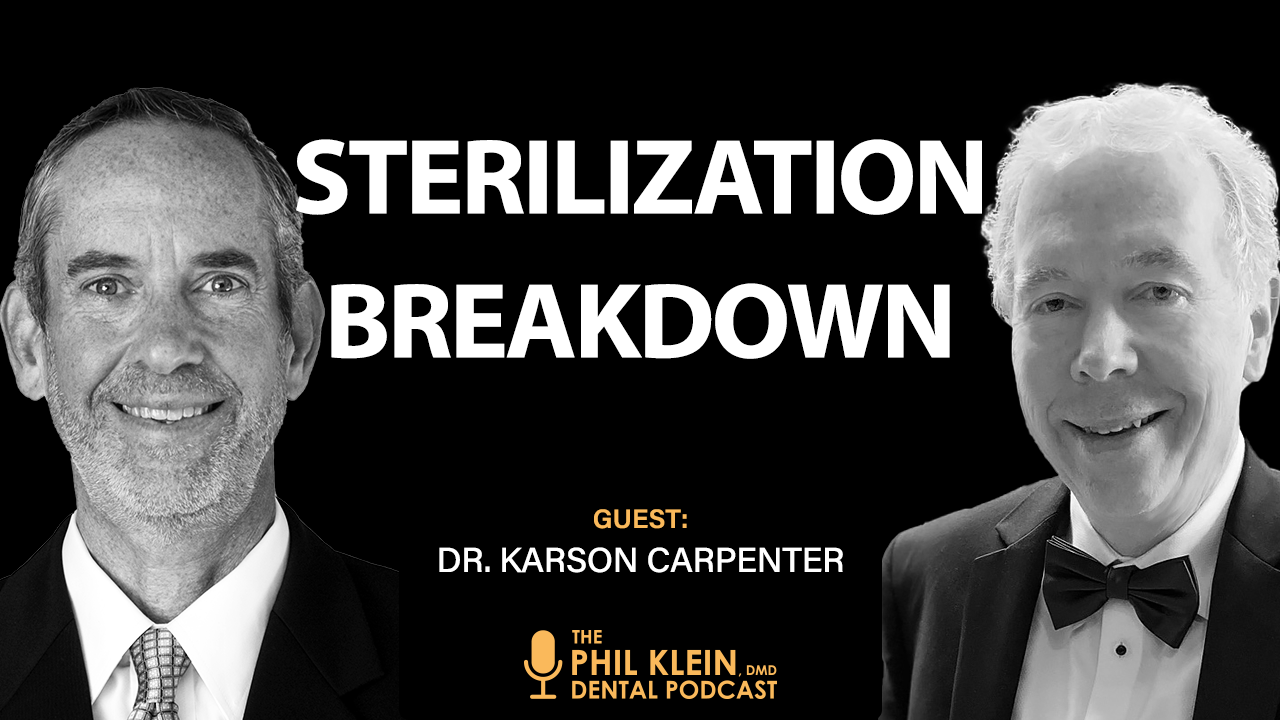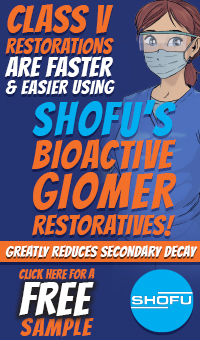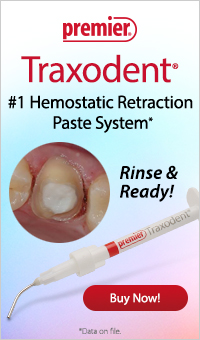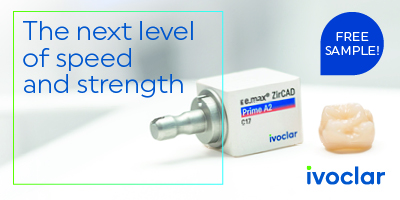
Anterior Direct Composite Restorations: The Ultimate Additive Solution
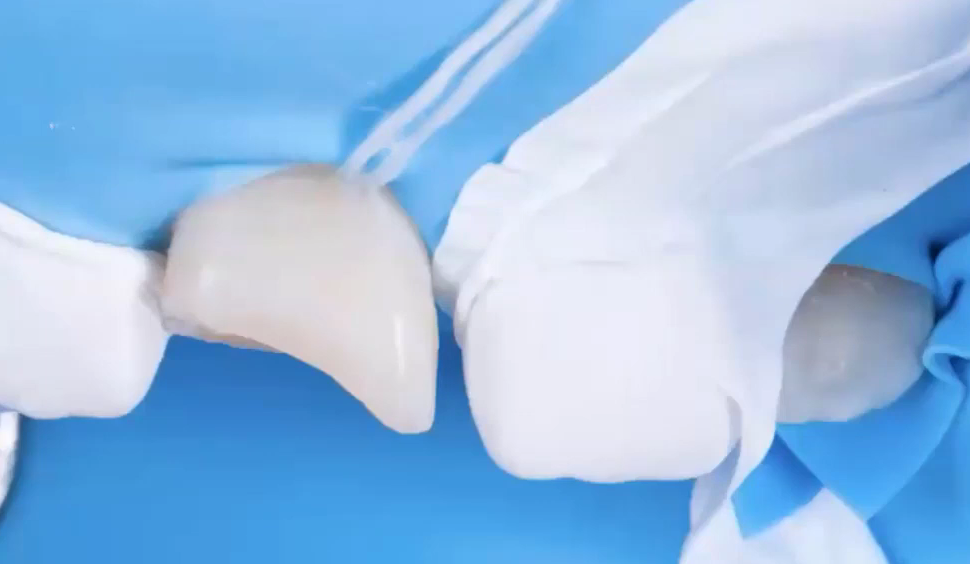
If
you’re a dentist who is artistic, enjoys creating beautiful anterior
restorations and truly cares about conserving tooth structure, then you will probably
find that anterior direct composite restorations are the ultimate additive
solution. That is certainly what Dr. Mehrdad Razaghy has found. Dr. Razaghy is
a researcher and highly talented chairside dentist who is an expert in
biomimetics and minimally invasive and additive dentistry. He has perfected additive
techniques that offer another option for patients who are not happy with their
smiles.
Additive dentistry provides an alternative to veneers
Dr. Razaghy’s interest in additive dentistry began with his passion for biomimetic dentistry, which emphasizes preserving natural teeth and mimicking its properties when preservation is not possible. If you’re replacing tooth structure, how can you be as close as possible to the biology? And, more importantly, what can you do to avoid removing tooth structure in the first place?
When patients who are unhappy with the way their anterior teeth look are seeking to go through smile makeovers, the treatment usually ends with more aggressive dentistry, such as veneer and/or crown preparations. But even if the problem is just on a single tooth, if you want to do a veneer the laboratory is probably not going to be able to match it. So you may end up doing multiple veneers just to give the patient a good smile, which means shaving down multiple teeth.
However, Dr. Razaghy says, “Most of these cases, especially if you are concentrating on a younger patient population, could have been additive. If we can avoid removal of tooth structure, even buying them 10, 15 years before they go to veneer restoration, it’s a big win for the dentist and the patient.”
“If we develop the skills with layering composite and using the composite in a way to create really nice aesthetic results in the anterior region,” Dr. Razaghy observes, “then we can offer more additive solutions to our patients who are not happy with their smiles, especially their anterior.”
There are three main skillsets necessary to do this
Additive direct composite anterior restorations require more time and a broader skill set than simply placing veneers. From Dr. Razaghy’s point of view, the necessary skillset includes:
1. Profound knowledge of morphology: “With this huge wave in dentistry of everything going digital,” states Dr. Razaghy, “we are starting to lose interest in tooth morphology and sitting down and doing a wax-up and carving the wax-up yourself with your hands. And that is really the heart of the skillset that practitioners need to do these anterior composites. If you think about it, when you’re doing anterior composites, you’re hand sculpting every single layer yourself, in the patient’s mouth with the rubber dam on.”2. Deep understanding of color: Luckily, with today’s composite systems, you can create restorations that are extremely natural and have all the effects that you would want to see from natural tooth structure. Dr. Razaghy relies on GC America’s A'CHORD composite system for most of his anterior restorations. He is drawn to this system because, he says, “A'CHORD has found the perfect combination to be filled and strong enough so that it can function and not break, but still have those optical and aesthetic properties” to allow you to layer and create a beautiful result.
That layering is one of the keys to success with anterior direct composite restorations. Keeping in mind the fluorescence, opalescence and translucency, you need to layer the color in such a way that the restoration looks aesthetic and natural even when looked at in different lights.
3. Expertise with bonding techniques: You need to know how to gain a strong bond to dentin and enamel so that the tooth can function like a natural tooth. With today’s technology, bonding to a basically soft and non-retentive surface works. However, this type of bonding is fairly technique sensitive.
To be able to bond on a flat tooth that is completely non-retentive, Dr. Razaghy explains, “You need to have perfect isolation. You need to understand how to condition the tooth structure, which if you want to do it ideally requires more than four steps.”
Patient education is key to being able to do this profitably
Anterior direct composite restorations are very time-consuming, much more so than simply placing veneers. How do you successfully set a fee that is commensurate with the amount of work and skill that goes into these cases?
First you need to look at your patient population, because you need to have a practice in which setting raised fees is possible. You cannot do this kind of dentistry with patients who are all completely in network with insurance, because the reimbursement rates from the insurance companies will not cover the amount of time it takes to do this type of dentistry.
Beyond that, “The first and most important step,” declares Dr. Razaghy, “is educating our patients and helping them realize that to be able to be additive, yet create something that is flawless and aesthetically pleasing, it takes time. It’s not just an alternative. It’s basically a process for us to be able to create that. And then in the light of educating them, you explain why we use a rubber dam and why we would use a wet mockup to really pick the best shades that match the patient’s teeth.
“But as long as the patient understands the value we gain by being additive—which encompasses conserving tooth structure—and not just prepping for veneers and crowns, they will appreciate the work we’re doing. They begin to understand and realize, ‘oh, okay, I understand this is going to take an hour and a half to two hours for one tooth, and I will probably have to pay close to the price of a veneer, even though this is a composite, but I am saving myself from getting six veneers.’ Once they understand what we’re trying to do and what it takes to do this flawlessly, then it becomes extremely easy.”






